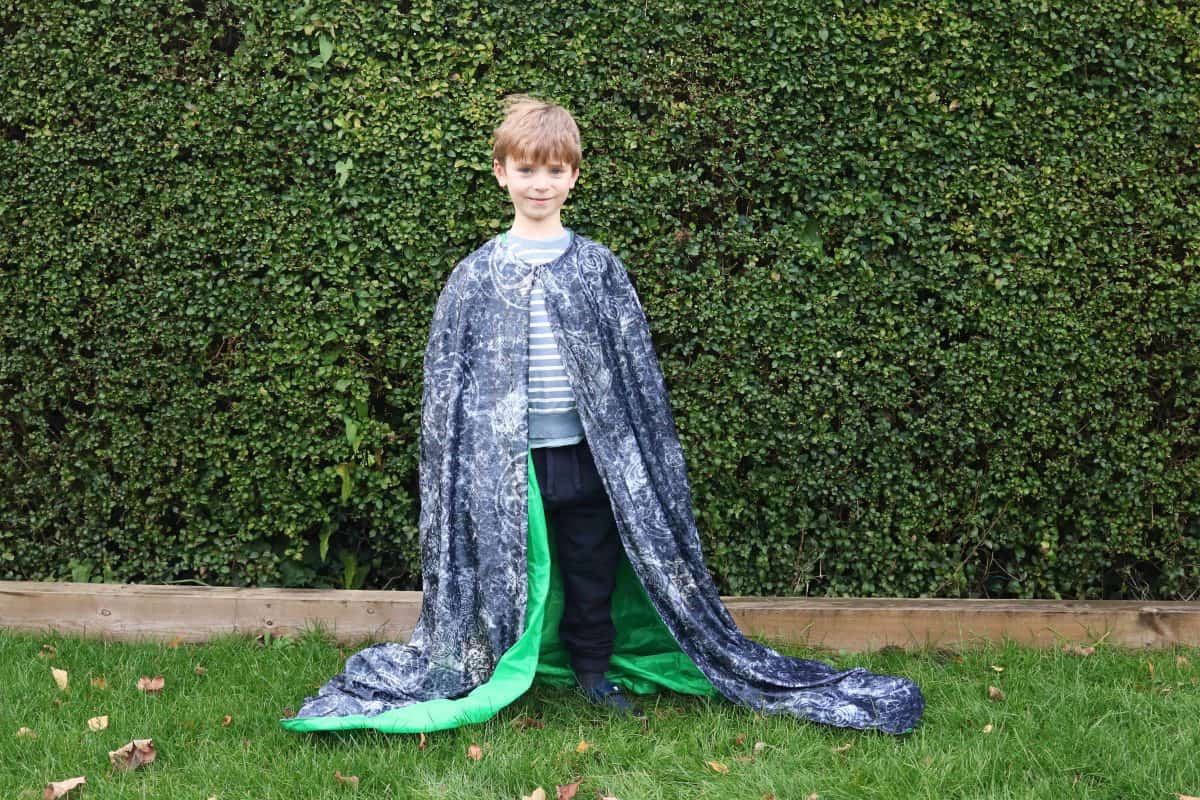

/cdn.vox-cdn.com/uploads/chorus_image/image/45365626/2012-11-harry14.0.jpg)
Submerging the apparatus in a liquid with a carefully chosen degree of refraction preserves the illusion. The total optical path was also preserved, which means no scientific optical instrument can possibly uncover the cloaked wedge. In this research, the two pieces of calcite were oriented to bend the light in such a way that the emerging beam, after going through multiple reflections and refractions, appeared to be coming directly from the original mirror at the base of the setup, rather than from the actual higher point above the hidden object. With blue or red illumination, the cloaking was still effective but with some slight misalignment.Ĭalcite has long been known to have unique optical properties, including the ability to bend (or refract) a ray of light differently depending on the light’s polarization (the orientation of its electric field) these properties can cause the phenomenon of double refraction, or seeing “doubles” when looking through calcite with regular unpolarized light. Any imperfection in the cloaking effect would have shown up as a misalignment of the letters, but there was no such anomaly thus, the cloaking operation was proven. They showed that the logo appeared normal, as though there was no wedge but a flat mirror piece, when illuminated with visible green light. Then, the whole setup was submerged in liquid. When illuminated by visible light and viewed from a certain direction, the object under the calcite layer “disappears,” and the observer sees the scene as if there was nothing at all on top of the mirror.įor their demonstration, they placed the MIT logo upside-down on the vertical wall behind the apparatus, placed so that one of the letters could be viewed directly via the mirror, while the other two were behind the area with a 2-millimeter-high wedge (the height of a peppercorn) and its concealing layer of calcite. In the experiment reported in this paper, the system works in a very carefully controlled setting: The object to be hidden (a metal wedge in the experiment, or anything smaller than it) is placed on a flat, horizontal mirror, and a layer of calcite crystal - made up of two pieces with opposite crystal orientations, glued together - is placed on top of it. The paper was co-authored by SMART postdoctoral fellow Baile Zhang, MIT postdoctoral fellow Yuan Luo, and SMART researcher Xiaogang Liu, and the research was funded by Singapore’s National Research Foundation (NRF) and the U.S. “Very often, the obvious solution is just sitting there,” says MIT mechanical-engineering professor George Barbastathis, one of the new report’s co-authors. Unlike the other attempts to produce invisibility by constructing synthetic layered materials, the new method uses an ordinary, common mineral called calcite - a crystalline form of calcium carbonate, the main ingredient in seashells. The team’s discovery has been published online in Physical Review Letters and will appear soon in the print version of the journal. Now, a team of researchers in the Singapore-MIT Alliance for Research and Technology (SMART) Centre has found a relatively simple, inexpensive system that can hide an object as big as a peppercorn from view in ordinary visible light. But a system that works in ordinary visible light and for objects big enough to be seen with the naked eye has remained elusive.

In recent years, researchers have found ways to make very exotic “metamaterials” that can perform a very crude version of this trick, keeping an object from being detected by a certain specific frequency of radiation, such as microwaves, and only working at microscopic scales. The idea of being able to become invisible, especially by simply covering up a person or an object with a special cloak, has a perennial appeal in science-fiction and fantasy literature.


 0 kommentar(er)
0 kommentar(er)
